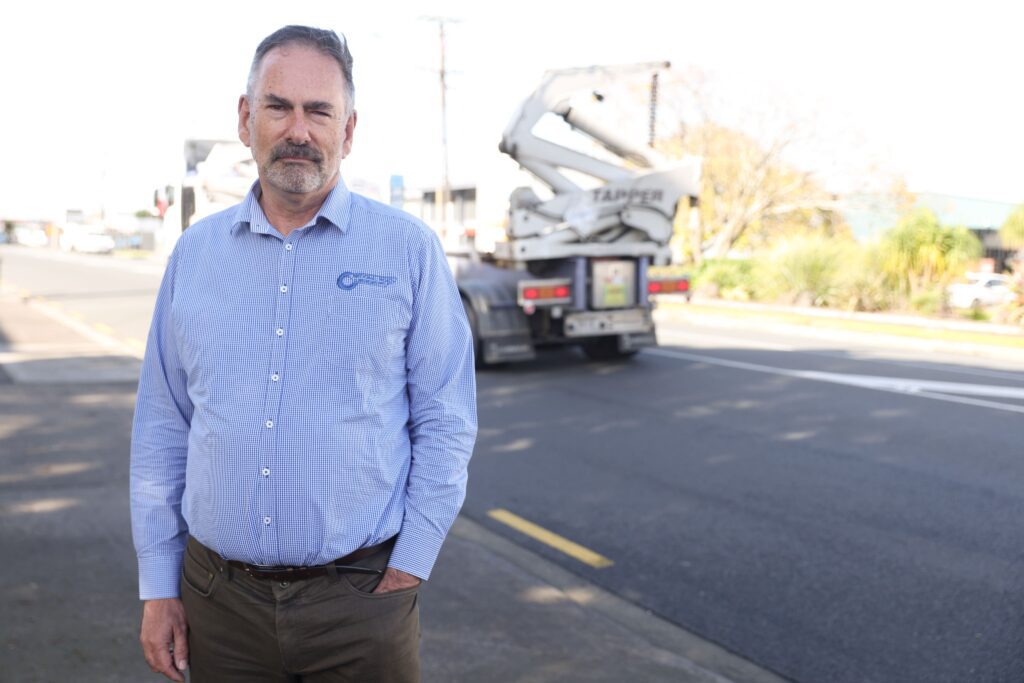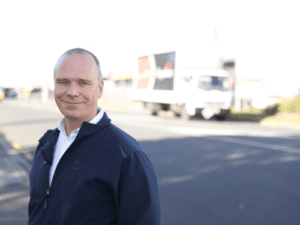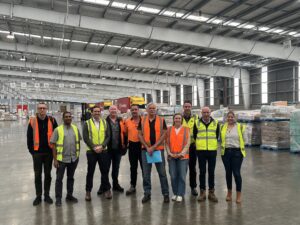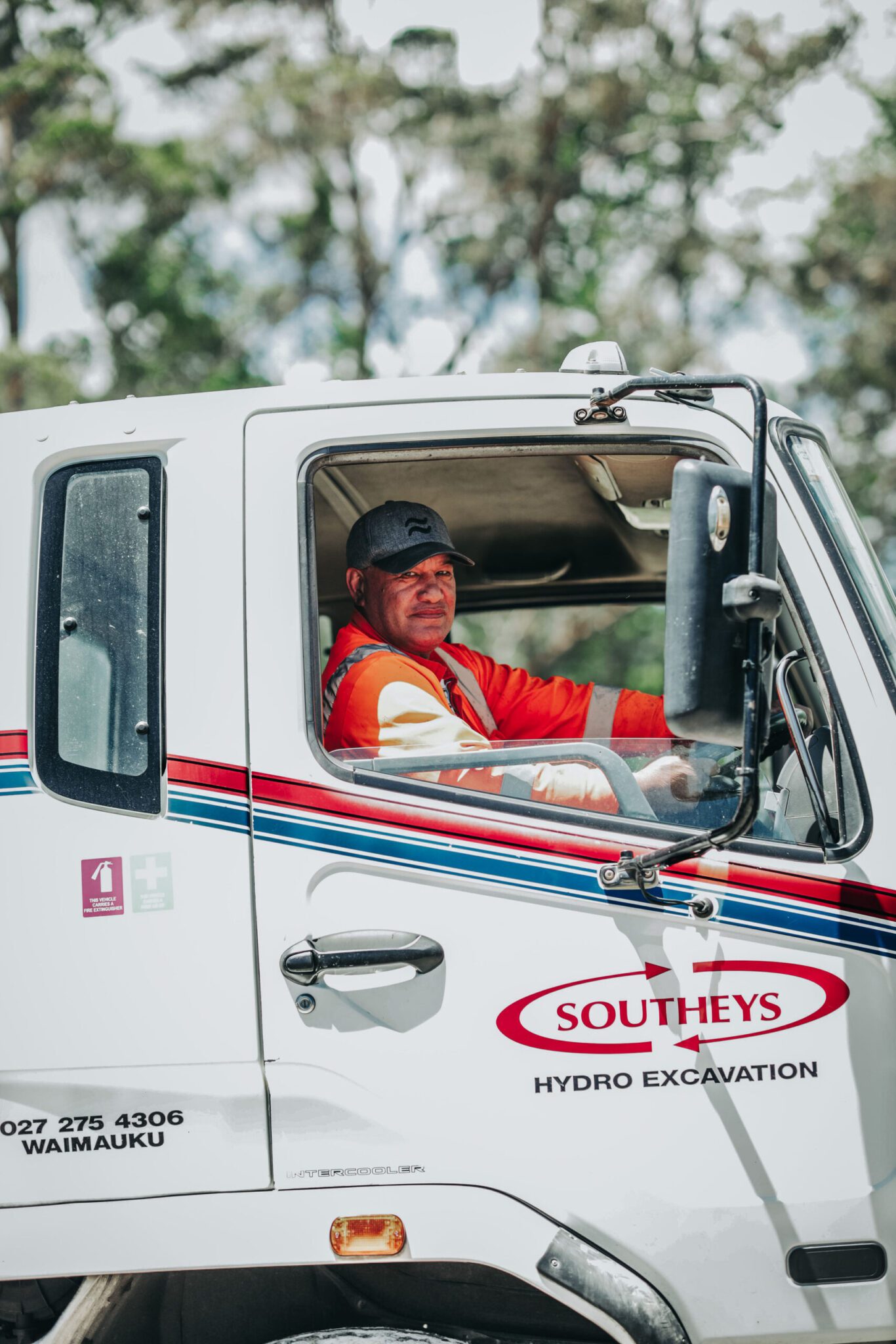2024 has seen many submissions and consultations for the NRC team to work through. Local, District and Regional councils consulted on their Long-Term Transport Plans, and we submitted on many appearing before council committees throughout the country either in person or via video link.
Turning now to central government and agencies, it is fair to say this Government is moving at pace and is focused on lifting productivity and the economic performance of New Zealand.
This pace will continue and the period for consultations will remain tight, so if you see a request for feedback on an issue you have an opinion on, please get in touch. We have seen several examples already where points raised in our submissions have changed policy.
Written Submissions
In addition to these formal written submissions the NRC team also submits via on-line forms and participates in briefings with officials.
Ministry of Transport
Government Policy Statement on Land Transport
NRC Submission on the GPS
Setting of Speed Limits
Setting of Speed Limits 2024 NRC Submission
Ministry of Business Innovation and Employment
Accredited Employer Work Visa Phase Two
SUBMISSION from National Road Carriers Assoc AEWV Phase Two
Work Health and Safety
Work Health and Safety NRC Submission
Ministry for the Environment
Emission Reduction Plan Two
National Road Carriers ERP2 Submission
Ministry of Education
Vocational Education and Training
NRC Submission Vocational Education and Training
Climate Change Commission
Fourth Emissions Budget
Submission to Climate Change Commission on 4th emissions budget
Electricity Commission
Future Security and Resilience of Electricity Sector
National Road Carriers Submission on Future of Operation of NZ Power Sustem
Local Government
Auckland
Auckland Long term plan
Auckland LTP
Auckland Regional Land Transport Plan
NRC Submission AKL RLTP
Auckland Transport Parking Strategy
Room to Move Parking Strategy
Northland
Northland Transport Plan
NRC Northland Transport Plan Submission – March 2024 PR
Hawkes Bay
Hawkes Bay Regional Land Transport Plan
National Road Carriers Submission Hawkes Bay Regional Land Transport Plan





